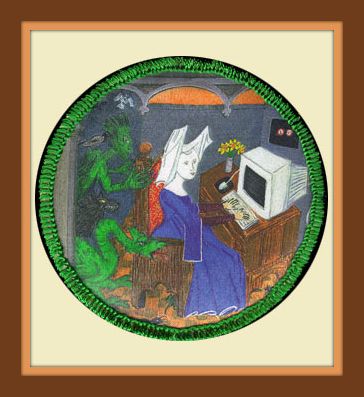
 The Worst Hard Time: The Untold Story of Those Who Survived the Great American Dust Bowl by Timothy Egan
The Worst Hard Time: The Untold Story of Those Who Survived the Great American Dust Bowl by Timothy Egan
This was an amazing account of the circumstances and stories of people (collected by Egan in interviews) who lived through the dust bowl in the 1930's. Due to the wide-spread plowing up of the prairie to make room for wheat, when drought hit, massive amounts of soil were displaced and blown away. The severity of this human-caused environmental disaster was unprecedented. And the Depression only made it worse. One woman's story was particularly poignant: when Hazel Lucas's first child was born, her husband spent hours trying to make it to the hospital because the roads were covered in sand and because visibility was so low. By the time this daughter was one, she was coughing up dirt and fine particulate matter, and soon died of what was called dust pneumonia, even though the family attempted to escape the worst of the dusters by moving out of the area.
Here's a quotation from the final chapter of the book detailing the tragedy that these people lived through: How to explain a place where black dirt fell from the sky, where children died from playing outdoors, where rabbits were clubbed to death by adrenaline-primed nesters still wearing their Sunday-school clothes, where grasshoppers descended on weakened fields and ate everything but the doorknobs? How to explain a place where hollow-bellied horses chewed on fence posts, where static electricity made it painful to shake another man's hand, where the only thing growing that a human or a cow could eat was an unwelcome foreigner, the Russian thistle? How to explain fifty thousand or more houses abandoned throughout the great plains, never to hear a child's laugh or a woman's song inside their walls? How to explain nine million acres of farmland without a master?
How to explain a place where black dirt fell from the sky, where children died from playing outdoors, where rabbits were clubbed to death by adrenaline-primed nesters still wearing their Sunday-school clothes, where grasshoppers descended on weakened fields and ate everything but the doorknobs? How to explain a place where hollow-bellied horses chewed on fence posts, where static electricity made it painful to shake another man's hand, where the only thing growing that a human or a cow could eat was an unwelcome foreigner, the Russian thistle? How to explain fifty thousand or more houses abandoned throughout the great plains, never to hear a child's laugh or a woman's song inside their walls? How to explain nine million acres of farmland without a master? Here's a review from Publisher's Weekly that I really liked:
Here's a review from Publisher's Weekly that I really liked:
Egan tells an extraordinary tale in this visceral account of how America's great, grassy plains turned to dust, and how the ferocious plains winds stirred up an endless series of "black blizzards" that were like a biblical plague: "Dust clouds boiled up, ten thousand feet or more in the sky, and rolled like moving mountains" in what became known as the Dust Bowl. But the plague was man-made, as Egan shows: the plains weren't suited to farming, and plowing up the grass to plant wheat, along with a confluence of economic disaster—the Depression—and natural disaster—eight years of drought—resulted in an ecological and human catastrophe that Egan details with stunning specificity. He grounds his tale in portraits of the people who settled the plains: hardy Americans and immigrants desperate for a piece of land to call their own and lured by the lies of promoters who said the ground was arable. Egan's interviews with survivors produce tales of courage and suffering: Hazel Lucas, for instance, dared to give birth in the midst of the blight only to see her baby die of "dust pneumonia" when her lungs clogged with the airborne dirt. With characters who seem to have sprung from a novel by Sinclair Lewis or Steinbeck, and Egan's powerful writing, this account will long remain in readers' minds
Friday, January 02, 2009
The Worst Hard Time
Labels:
Off the Stacks
Subscribe to:
Post Comments (Atom)

No comments:
Post a Comment